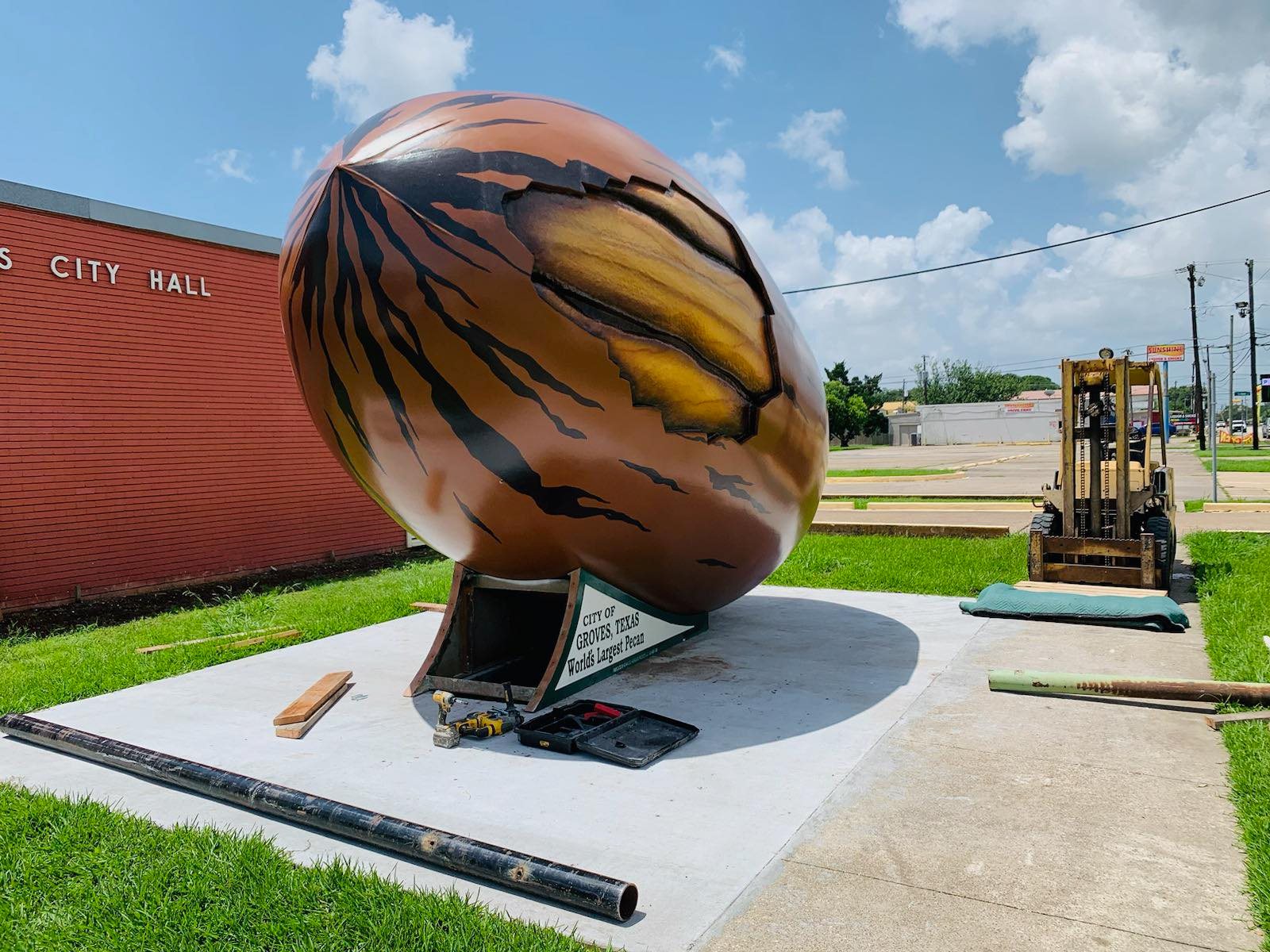MOORE OUTDOORS: Warm water, depth change are key for local catfish
Published 12:11 am Sunday, February 19, 2017
Will we have any real winter here in Southeast Texas?
We had a few days of real cold but right now we are seeing some days hit the upper 70s. Of course that could change quickly and it very well may but right now things are more springlike.
Since we are still technically in winter, I wanted to give some good strategies for catching local catfish in a typical winter pattern.
Ask any serious catfish angler where they will be on a warm, sunny winter afternoon when the waters are running high and they will tell you on mud flats adjacent to deep water.
The reason is the black, muddy bottom absorbs the heat and will warm the surrounding waters up a few degrees. The fish sense this and will in turn move up to feed.
We used to fish a stretch of shoreline on the Sabine River near the Port of Orange that fit this description perfectly. Warm, sunny afternoon produced good blue cats in the shallows.
Secondly, when water levels are fluctuating due to the passage of cold fronts and in some areas tidal conditions, it gives catfish a place to feed on baitfish going from the shallow to deep.
Drifting a big cut shad or mullet on these flats is a killer way to score on big blues. Warm water discharges from energy plants and refineries can harbor incredible numbers of fish and quite often, the best winter has to offer.
I grew up fishing around the Entergy Plant near Bridge City. It is like several similar outfits along the Texas Gulf Coast in that it cools its turbines by pumping water from one canal and expelling it to another. In this case, the water is coming from a marsh bordering the Lower Neches Wildlife Management Area and is exiting into a canal that leads to the mouth of the Neches River.
Bait fish congregate in such warm waters during cold spells, making such areas a sort of buffet for a host of catfish that winter in this stretch of river. They’re great for human predators too since the cold-blooded fish become much more active feeders in these spots than in much colder surrounding waters.
Warm-water discharges come in many forms. They can be a huge cooling plant that spews out thousands of gallons of warm water a minute or they can be a small drainage pipe or culvert that has a very light flow.
Catfish often sit down current and can be found in eddies that form near drop offs along river channels. Small bait fish cannot negotiate current very well and they often are stuck in eddies. Catfish will stack up in these eddies and gulp up the shad and whatever else ends up there.
Something to keep in mind is that even small flows from a single drainpipe or small ditch with runoff entering the river can draw fish.
These spots might not hold massive schools of fish for long periods, but even a slight change for the positive in water temperature can make a difference in cold weather. It is very important to look for the little things in these spots since very often that is all it takes to attract game fish.
Situations where fish are stacked in a particular area may make it tempting for some anglers to go over the limit just a little or sometimes a lot. It is important to realize many others anglers use these spots to and just a few anglers keeping too many fish can have an impact on the resources.
If we all stay legal, these wintertime hot spots should stay productive for many years to come.
•
To contact Chester Moore, e-mail him at chester@kingdomzoo.com. You can hear him on “Moore Outdoors” Fridays from 6-7 p.m. on Newstalk AM 560 KLVI or online at www.klvi.com.





